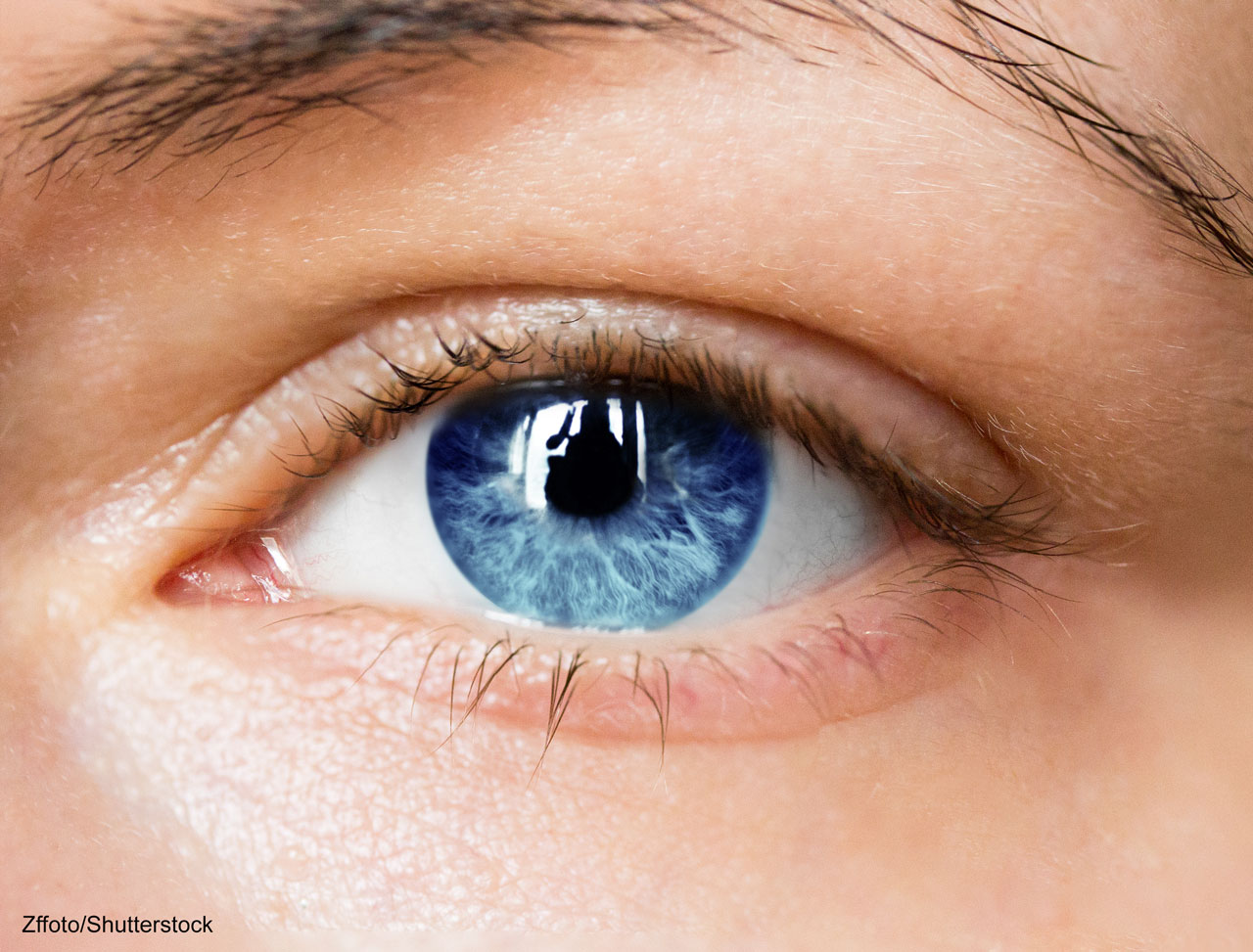Chapter 1. Structures of the Eye
Learning Objectives

Locate the major structures of the eye.
Identify the basic function of each part of the eye.
Review
Review
Select the NEXT button to continue with the Review.

1. Light enters the eye through the cornea, which protects the eye and helps focus the light.
Review
Review
Select the NEXT button to continue with the Review.

2. Light then passes through the pupil, a small adjustable opening regulated by the iris, a colored muscle surrounding the pupil.
Review
Review
Select the NEXT button to continue with the Review.

3. Behind the pupil is a lens that changes shape to focus the incoming light rays and help form an image on the retina, the eyeball’s inner surface containing light-sensitive photoreceptor cells called rods and cones.
Review
Review
Select the NEXT button to continue with the Review.

4. The central point of focus on the retina is called the fovea; the cones are clustered around the fovea, while the rods are mainly in the peripheral retina.
Review
Review
Select the NEXT button to continue with the Review.

5. The retinal cells send their messages to the brain through the optic nerve. Where the optic nerve leaves the eye, there are no photoreceptors. This creates a blind spot.
Practice: Exploring the Eye
Practice: Exploring the Eye
Roll over each structure to see a brief description of the function of that part of the eye.
clear outer surface of the eyeball
ring of muscle that controls the size of the pupil
changes shape to focus images on the retina
light-sensitive inner surface of the eye, containing rods and cones
center of clear vision, around which the cones cluster
carries neural impulses from the retina toward the brain
point at which the optic nerve leaves the eye
adjustable opening that allows light to enter the eye

Quiz 1
Quiz 1
Drag each label to the line pointing to the appropriate structure. When all the labels have been placed, select the CHECK ANSWER button.

Quiz 2
Quiz 2
Match the eye structures with their functions by dragging each colored circle to the appropriate gray circle. When all the circles have been placed, select the CHECK ANSWER button.
Conclusion
